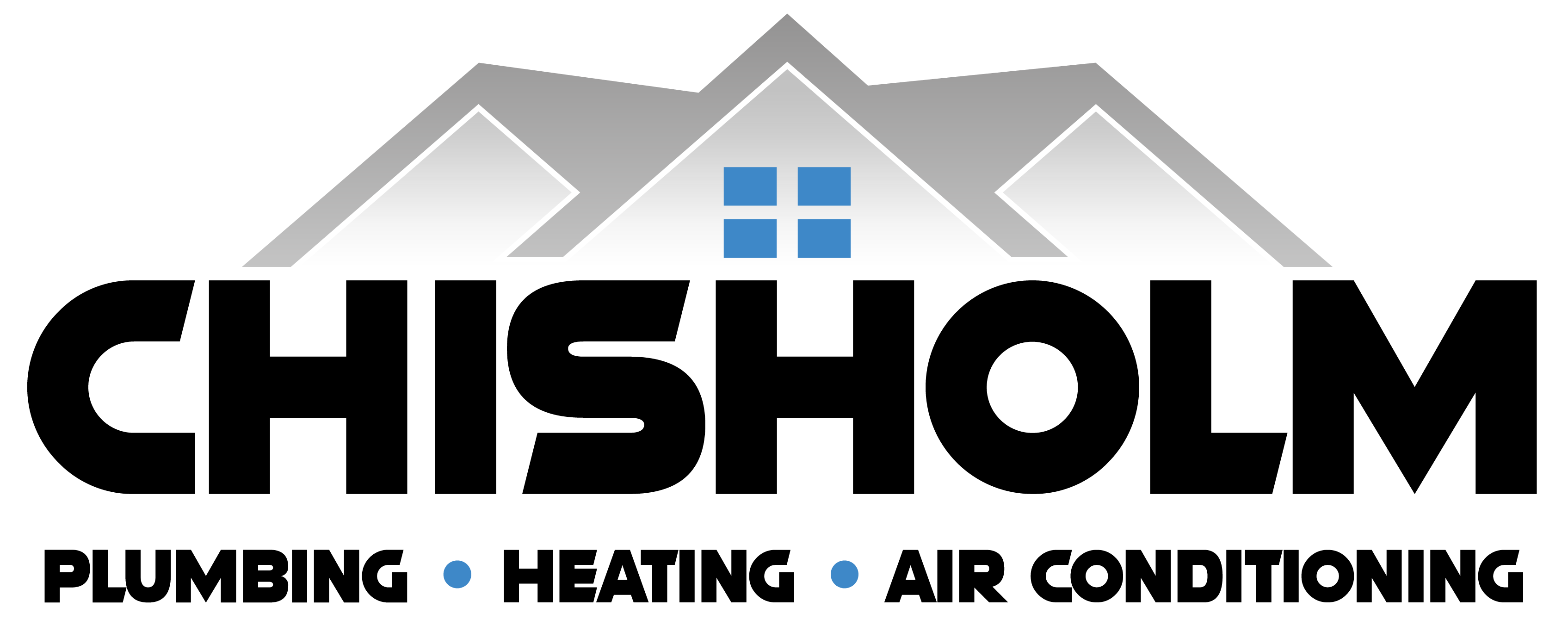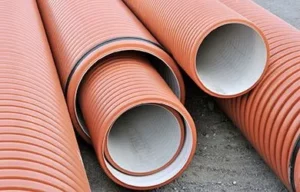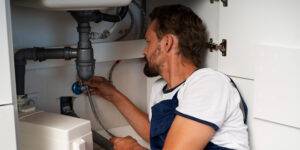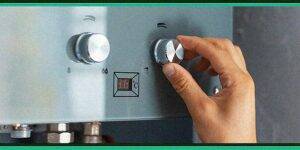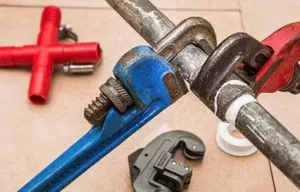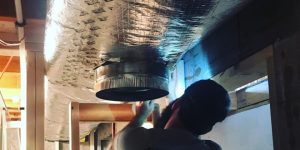
As temperatures begin to drop in Greenville, SC, preparing your home for winter is essential to stay warm, save on energy costs, and prevent unexpected breakdowns. A well-maintained heating system not only keeps your family comfortable but also runs more efficiently, saving you money on energy bills. Winterizing your heating system can also extend its lifespan and reduce the likelihood of costly repairs during the coldest months.
This guide will walk you through the key steps to get your home’s heating system ready for winter, from professional inspections to simple DIY tasks. Chisholm Plumbing Heating & Air Conditioning is here to help Greenville homeowners keep their homes cozy and efficient all winter long.
Click here to learn more about our comprehensive heating services and how we can help you prepare for the winter season.
Schedule a Professional Heating System Inspection
The first step in preparing for winter is scheduling a professional inspection of your heating system. An annual inspection ensures that your system is running efficiently, safely, and is prepared to handle Greenville’s colder months. During the inspection, a qualified technician will check for any issues that could lead to inefficient heating, unexpected breakdowns, or safety hazards.
What a Professional Heating Inspection Covers
- System Efficiency: Technicians test and calibrate components to ensure your system operates at peak efficiency, which helps reduce energy costs.
- Safety Checks: Inspecting for gas leaks, carbon monoxide risks, and other potential safety hazards keeps your home protected.
- Wear and Tear on Components: Regular inspections catch small issues like worn belts or loose connections before they escalate into major repairs.
Scheduling an inspection ahead of winter also gives you the peace of mind that your system is ready to keep you warm. Chisholm Plumbing Heating & Air Conditioning offers expert heating maintenance services to ensure your furnace or heat pump is in top shape.
Learn more about our heating maintenance services here, or contact us today to book your winter inspection.
Replace or Clean Air Filters
Replacing or cleaning your air filters is one of the simplest yet most effective steps to prepare your heating system for winter. Air filters trap dust, dirt, and allergens, keeping your air clean and your system running smoothly. Over time, filters become clogged, reducing airflow and making your heating system work harder. This not only increases energy bills but also decreases indoor air quality.
Why Regular Filter Maintenance is Essential
- Improved Efficiency: Clean filters allow for proper airflow, which helps your heating system run more efficiently and use less energy.
- Better Indoor Air Quality: Clean filters trap more dust and allergens, contributing to a healthier home environment.
- Prolonged System Lifespan: Reducing strain on your system helps prevent breakdowns and extends the life of your heating unit.
When to Replace Filters: As a general rule, filters should be replaced or cleaned every 1-3 months, especially during winter when the system is in heavy use.
Regularly maintaining your air filters is an easy DIY step, but if you’re unsure or need assistance, our team at Chisholm can help. Explore our HVAC services here to ensure your system is well-maintained for the winter.
Thermostat Check and Programming
A properly functioning thermostat is key to keeping your home comfortable and energy-efficient during winter. If your thermostat is outdated or not calibrated correctly, your heating system may not work as effectively, leading to higher energy bills and uneven temperatures throughout your home. Checking your thermostat settings and upgrading to a programmable or smart model can make a big difference.
Thermostat Tips for Winter Efficiency
- Set a Consistent Schedule: Programmable thermostats allow you to set a heating schedule that aligns with your daily routine. Lowering the temperature while you’re asleep or away can reduce energy use by up to 10%.
- Consider an Upgrade: If your home has an older thermostat, upgrading to a smart thermostat allows for remote control and more precise temperature management. Many smart models can also learn your schedule, automatically adjusting for optimal comfort and efficiency.
- Calibrate the Thermostat: A professional can ensure your thermostat is properly calibrated so it accurately reads the temperature, avoiding unnecessary heating cycles.
If you’re considering a thermostat upgrade or need help with programming, Chisholm Plumbing Heating & Air Conditioning offers guidance and installation services for various thermostat models, helping you get the most out of your heating system.

Seal Windows and Doors
Drafty windows and doors are a major source of heat loss in homes, causing your heating system to work overtime to keep the interior warm. Sealing these gaps can help keep warm air inside, reduce energy waste, and make your home feel cozier during the winter months.
DIY Tips for Sealing Drafts
- Apply Weatherstripping: Adding weatherstripping around doors and windows can effectively seal gaps and prevent cold air from entering. This is an affordable and easy fix that can make a noticeable difference in your home’s warmth.
- Use Caulk to Seal Cracks: Small cracks or openings around window frames can be sealed with caulk, which helps prevent drafts and protects your home from moisture damage.
- Install Door Sweeps: Door sweeps at the bottom of exterior doors help block drafts that can seep in from underneath. They’re especially useful for doors leading to unheated areas like garages or basements.
- Consider Window Insulation Film: A temporary solution, window insulation film adds an extra layer to your windows to reduce drafts, especially if you have single-pane windows.
Taking these steps to seal windows and doors can reduce your heating costs and help your system maintain a consistent indoor temperature. If you’d like to explore further efficiency improvements, contact us at Chisholm.
Check and Clean Vents and Ducts
Blocked or dirty vents and ducts can limit airflow throughout your home, making your heating system work harder to distribute warm air. Regularly checking and cleaning vents and ducts is a great way to improve your system’s efficiency, enhance indoor air quality, and ensure even heating in every room.
Tips for Maintaining Vents and Ducts
- Vacuum and Dust Vents: Dust and debris can accumulate on vent covers and in the openings. Regularly vacuuming or wiping down vent covers helps prevent clogs and allows air to flow freely.
- Check for Obstructions: Make sure furniture, rugs, and curtains are not blocking vents. Blocked vents can create pressure imbalances in the heating system, reducing efficiency.
- Consider Professional Duct Cleaning: Over time, dust, allergens, and even mold can build up in your ductwork. Professional duct cleaning not only improves airflow but also enhances indoor air quality, which is especially beneficial during winter when windows and doors are typically closed.
If you suspect there’s significant buildup in your ductwork, Chisholm Plumbing Heating & Air Conditioning can provide expert duct cleaning and vent maintenance services to ensure optimal airflow in your home. Explore our heating services here.
Inspect Insulation
Proper insulation is essential for keeping warm air inside your home during winter, reducing the load on your heating system and lowering energy bills. Insufficient insulation in your attic, walls, or basement can lead to significant heat loss, causing your furnace or heat pump to work harder to maintain a comfortable temperature.
Key Areas to Inspect and Insulate
- Attic Insulation: Heat rises, making the attic one of the most important areas to insulate. Insufficient attic insulation can allow warm air to escape through the roof. Consider adding extra insulation or upgrading to a higher R-value material to improve heat retention.
- Wall Insulation: Older homes, in particular, may have little to no insulation in walls. Adding insulation to exterior walls can help prevent heat loss and improve comfort throughout your home.
- Basement and Crawl Space Insulation: Cold air from uninsulated basements and crawl spaces can seep up into living areas, making it harder to keep your home warm. Proper insulation in these areas helps create a thermal barrier, keeping warm air where you want it.
Improving your home’s insulation not only makes it more comfortable but also reduces the strain on your heating system, leading to lower energy costs. For a full assessment of your heating needs, contact Chisholm Plumbing Heating & Air Conditioning.
Prepare Your Home’s Exterior
Preparing the exterior of your home is a vital step in winterizing your heating system and protecting your plumbing. By taking a few simple precautions, you can prevent common winter problems like frozen pipes and ensure your outdoor heating components are in good working order.
Exterior Winter Preparation Tips
- Clear Debris Around Outdoor HVAC Units: Remove leaves, branches, and other debris from around your outdoor HVAC unit. This allows for proper airflow and reduces the risk of damage from winter storms or ice buildup.
- Cover Outdoor Faucets: Use faucet covers to protect outdoor spigots from freezing temperatures. This can prevent the pipes connected to those faucets from freezing and bursting, which can cause costly water damage.
- Insulate Exposed Pipes: Pipes in unheated areas, such as garages, basements, and crawl spaces, are at high risk of freezing. Wrapping them with insulation sleeves or heat tape can help prevent frozen pipes.
- Trim Nearby Trees and Bushes: If you have branches hanging near your HVAC unit, consider trimming them back. This minimizes the chance of branches breaking off during a storm and damaging the unit.
By winter-proofing your home’s exterior, you can help protect your plumbing and heating systems from harsh winter conditions. Check out our full range of heating services to learn more about how Chisholm can help you prepare for the season.
Conclusion
Preparing your home for winter in Greenville, SC, is essential to staying warm, saving on energy costs, and avoiding mid-season breakdowns. From scheduling a professional heating inspection to sealing windows and checking insulation, these simple steps can make a big difference in your home’s comfort and efficiency.
By taking action now, you can enjoy a worry-free winter with consistent warmth and peace of mind. Chisholm Plumbing Heating & Air Conditioning is here to help with any of your heating needs, from inspections and repairs to replacements and installations. With our experience and dedication to quality service, we’ll make sure your heating system is ready for the cold months ahead.
Contact us today to schedule an inspection or learn more about our winter heating services in Greenville. Let Chisholm help keep your home cozy and efficient this winter season!

